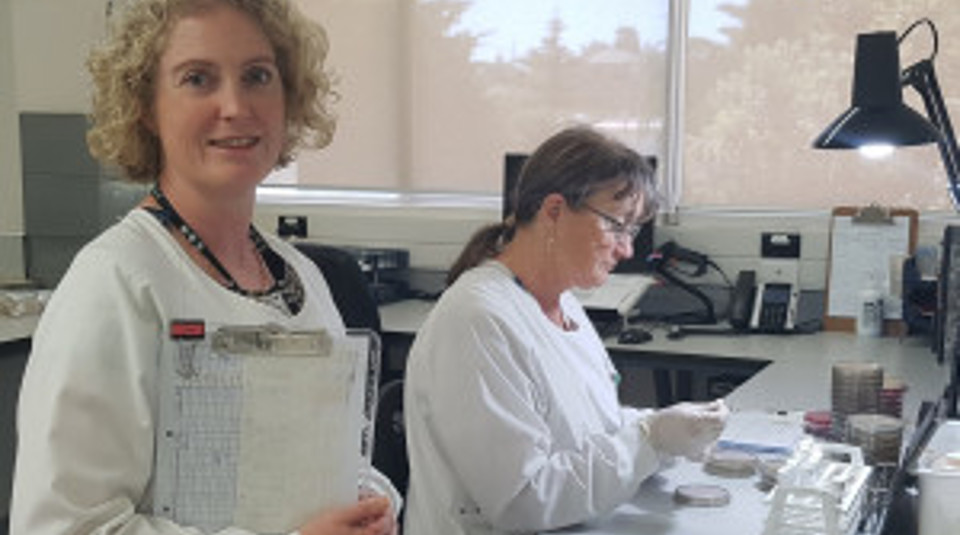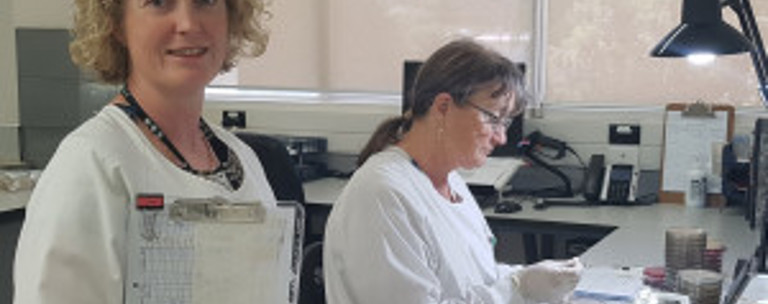This week is the World Health Organisation’s Antibiotic Resistance Awareness Week, and it’s a good opportunity to think about the impact of ‘super bugs’ on the health of New Zealand communities.
ESR tracks many microorganisms and one particularly nasty family of super bugs is currently showing an increase. Super bugs are typically resistant to nearly all known antibiotics, and they are on the rise in New Zealand, reflecting a world-wide trend.
ESR has a specialist Antibiotic Reference Laboratory in Wellington. It’s the only laboratory in the country responsible for overall national surveillance of antimicrobial resistance among human pathogens (microorganisms that cause disease), on behalf of the Ministry of Health.
ESR scientist and microbiologist, Dr Kristin Dyet, says one of the concerning emerging antibiotic resistant organisms of increasing public health concern in New Zealand is carbapenemase-producing Enterobacterales (CPE).
CPEs were first identified in New Zealand in 2009. In 2018, 93 distinct CPE were identified, compared to approximately 98 CPE so far this year.
CPEs are typically resistant to nearly all known antibiotics. Treatment options for CPE are limited and worryingly there are few new antibiotics in the development pipeline likely to have an impact soon.
ESR’s world-leading scientists are at the forefront of some of the most difficult issues faced by the country. As the specialist centre for super bug surveillance, ESR’s role as a reference laboratory helps to identify rare and emerging resistant bacteria for hospital and community laboratories, and in doing so, collects data and generates valuable information for government and health agencies.
Background information:
ESR’s Dr Dyet says information from several sources is used to compile information on antimicrobial resistance in New Zealand, and findings are compared with international data.
Along with other bug types, ESR publishes CPE data on its website and produces comprehensive annual reports. Some key findings so far include:
- The majority (68.8% in 2018) of CPEs identified in New Zealand were from patients who
had recently been overseas. - About two-thirds of these patients had been hospitalised while overseas.
- The Indian subcontinent is the most common source of CPEs acquired overseas and appears to be the origin of about two-thirds of the CPEs being identified in New Zealand.

